The human body is a marvel of biological engineering. At its core is the skeletal system, a complex framework that provides both structure and protection. In this system, the appendicular skeleton plays an important role. It contains all the bones that branch off the central axis of the body—essentially, the limbs and their attachments. Understanding the bones of the appendicular skeleton is not just a journey through human anatomy; it’s a window into how we move, interact with our environment, and protect our vital organs. This post investigates the appendicular skeleton, examining its functions, significance, and the vital role it plays in our overall health. So, let’s embark on this fascinating exploration of the bones that help us grasp, walk, run, and embrace the world around us.
What We Review
Divisions of the Skeletal System
The human skeletal system is an intricate and dynamic structure, crucial for protection, movement, and support. To understand its complexity, it’s essential to recognize its two primary divisions: the axial skeleton and the appendicular skeleton. Each has distinct functions and features, but together, they create a comprehensive system that supports the human body.
Axial vs. Appendicular
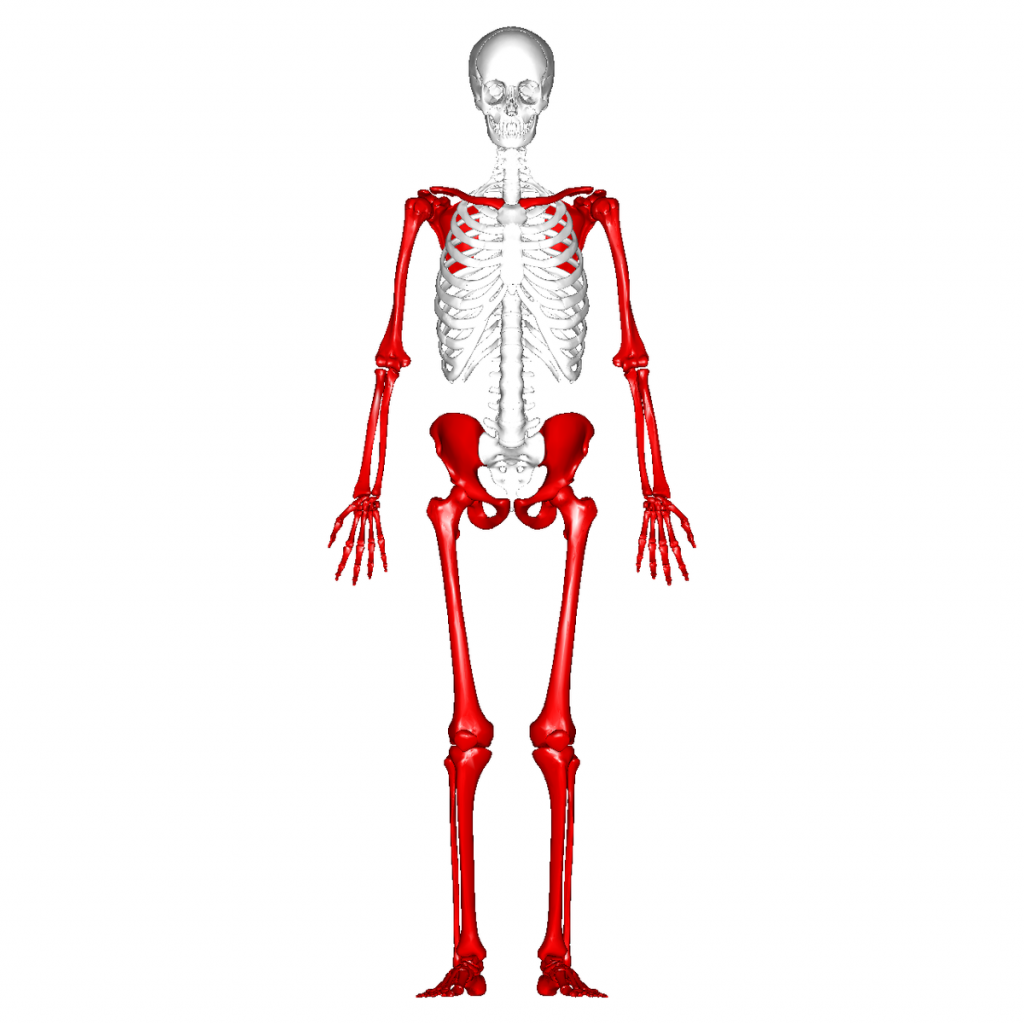
Image Source: Wikimedia Commons
Axial Skeleton: The axial skeleton forms the central axis of the body and is composed of 80 bones, including the skull, vertebral column, and rib cage. This division provides support and protection for the brain, spinal cord, and other vital organs. It also serves as a central framework to which the appendicular skeleton attaches.
Appendicular Skeleton: In contrast, the appendicular skeleton includes the bones of the upper and lower limbs, along with the girdles (shoulder bones and pelvic bones) that connect them to the axial skeleton. Comprising about 126 bones, this division is essential for mobility and interaction with our surroundings. It allows us to perform a wide range of movements, from walking and running to grasping and lifting.
Integration of the Two Systems
While they have distinct roles, the axial and appendicular skeletons are profoundly interconnected. The shoulder girdle and pelvic girdle serve as crucial points of attachment and movement, linking the limbs to the body’s central structure. This connection allows for the coordinated motion essential for daily activities, balancing the need for stability with the flexibility to move freely.
Synergy in Movement and Function: The cooperation between the axial and appendicular skeletons is evident in almost every human action. For example, when you walk or run, your legs (part of the appendicular skeleton) move in coordination with your spine (part of the axial skeleton) to maintain balance and forward motion. Similarly, the arms’ movements during tasks like lifting or throwing are supported by a stable spine and rib cage.
Protection and Support: The axial skeleton protects the central nervous system and vital organs, while the appendicular skeleton supports the body’s weight and provides the structure for muscles to attach, facilitating movement. This division of labor is crucial for overall health and functionality.
Now we will look further into the bones and functions of the appendicular skeleton and why it is important to keep it healthy.
Understanding the Appendicular Skeleton
The appendicular skeleton is a fascinating and complex part of the human body, comprising the bones that facilitate our most dynamic actions. From waving to walking, this division of the skeleton is instrumental in everyday movements and activities.
Definition and Overview
The appendicular skeleton includes the bones of the upper and lower limbs, as well as the girdles that attach these limbs to the axial skeleton. Specifically, it consists of the pectoral or shoulder girdles, the arms and forearms, the hands, the pelvic girdle, the thighs and legs, and the feet. Altogether, this division contains approximately 126 bones, each playing a unique role in the body’s mobility and physical interaction with the environment. An overview of the major areas in the appendicular skeleton are below.
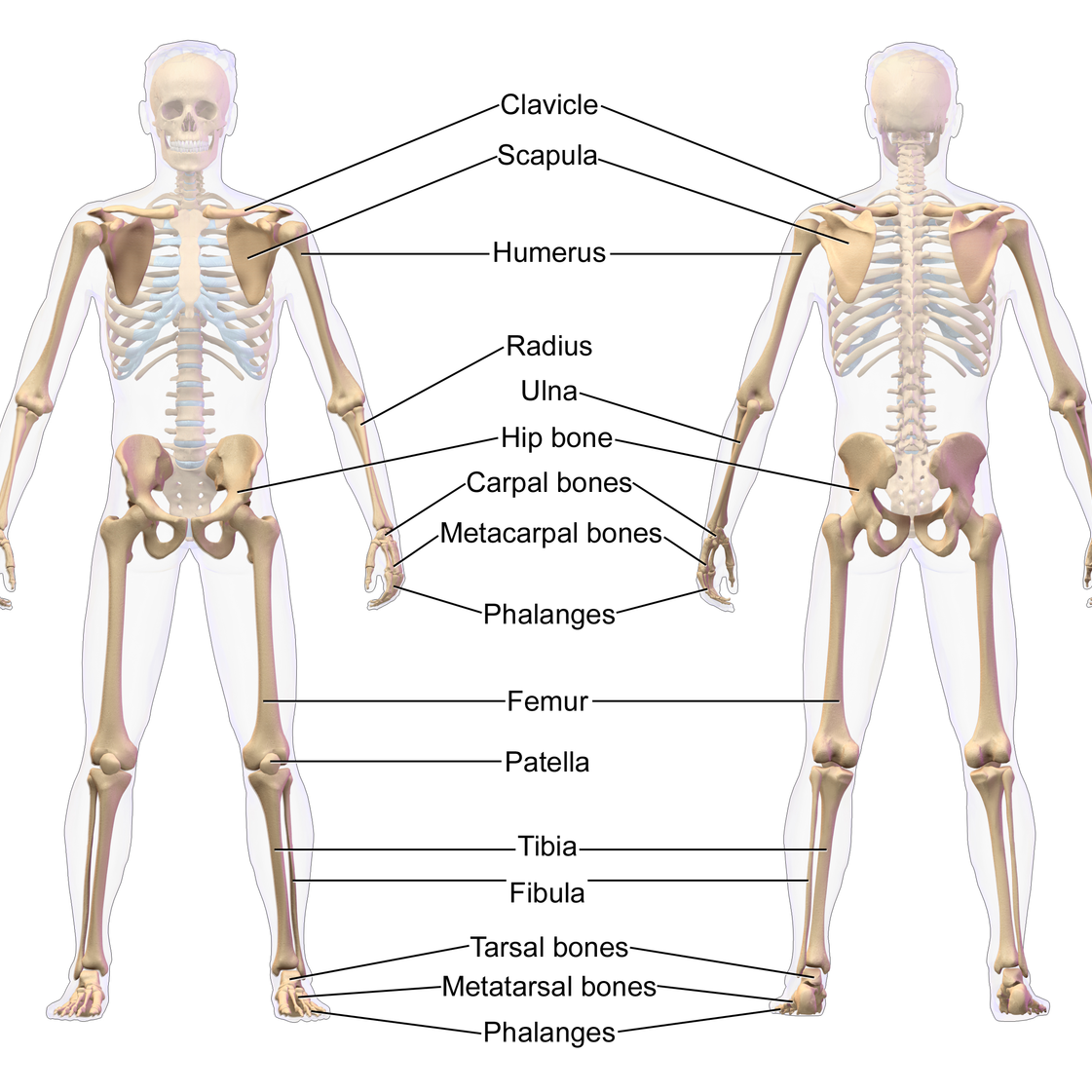
Image source: Wikimedia Commons
Shoulder Girdle and Arms: The shoulder girdle comprises the clavicles (collarbones) and scapulae (shoulder blades), connecting the arms to the torso and providing a base for arm movement. The arms and forearms contain the humerus, radius, and ulna, which work together to facilitate a wide range of motion.
Hands: Our hands are complex structures made up of carpals (wrist bones), metacarpals (hand bones), and phalanges (finger bones). They allow for fine motor skills and intricate movements.
Pelvic Girdle and Legs: The pelvic girdle, consisting of the hip bones, attaches the legs to the torso. The legs, made up of the femur, tibia, and fibula, support our weight and enable walking, running, and jumping.
Feet: The feet, including the tarsals, metatarsals, and phalanges, provide a stable base, balance, and propulsion in movement.
Components of the Appendicular Skeleton
Each bone in the appendicular skeleton has a specific function and contributes to the body’s overall mobility and stability.
Limb Girdles: The limb girdles serve as attachment points for the limbs and facilitate their movement. The pectoral girdle allows for the wide range of motion of the arms, while the pelvic girdle supports the weight of the upper body and provides a strong foundation for the legs.
Limbs: The upper and lower limbs are connected to their respective girdles and are critical for movement and interaction. The upper limbs are versatile, capable of fine manipulation, grasping, and lifting, while the lower limbs are strong and sturdy, designed for support and locomotion.
Understanding the appendicular skeleton’s components and their functions provides insight into the remarkable capabilities and adaptations of the human body. This knowledge is not just academic; it has practical implications for health, movement, and understanding our physical capabilities and limitations.
Functions of the Appendicular Skeleton
The appendicular skeleton is not just a structural marvel; it’s a dynamic system that enables a wide range of functions vital to everyday life. Understanding these functions provides insight into how our bodies operate and interact with the world.
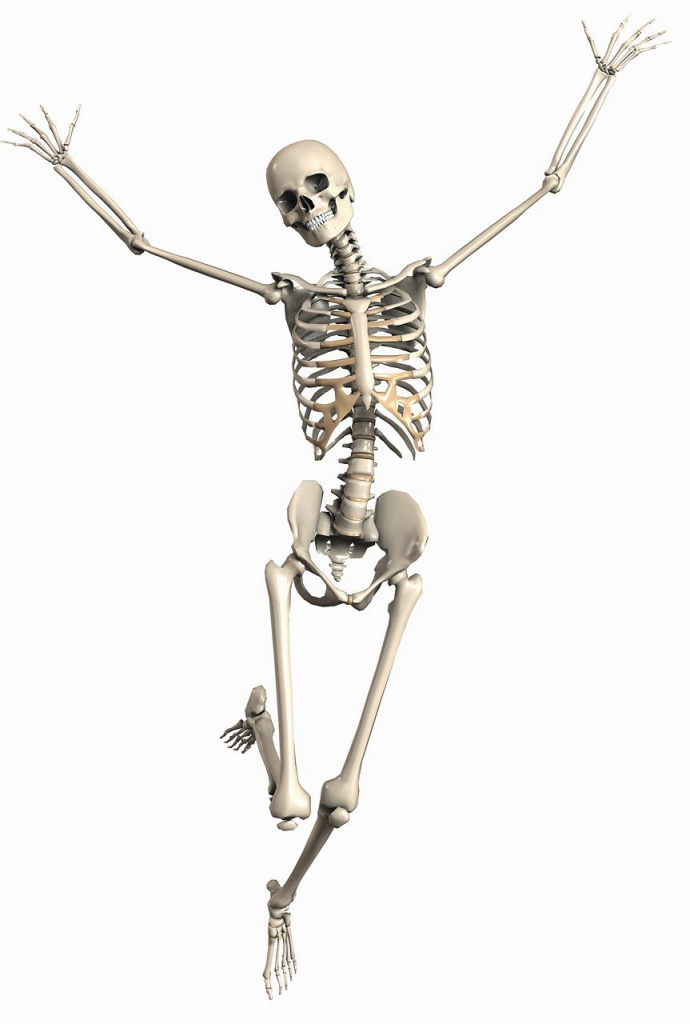
Movement and Support
Facilitating Movement: One of the primary functions of the appendicular skeleton is to facilitate movement. The bones of the arms and legs act as levers that muscles pull on to create motion. Joints between bones provide flexibility, allowing for a wide range of movements from the delicate precision of finger movements to the powerful strides of the legs.
Supporting Weight: The lower appendicular skeleton, particularly the pelvic girdle and legs, supports the weight of the upper body when standing and during movement. The arrangement of bones and joints balances strength and flexibility, providing a stable structure that can move and adapt to various stresses and positions
Protection and Mineral Storage
Protection: While the axial skeleton primarily protects internal organs, the appendicular skeleton also contributes to protection. For instance, the clavicles protect the nerves and blood vessels that pass beneath them to the arms. The pelvic bones protect lower internal organs like the bladder and reproductive organs.
Mineral Storage and Release: Bones, including those in the appendicular skeleton, are storage sites for minerals such as calcium and phosphate. These minerals are essential for various bodily functions, and bones release them into the bloodstream as needed. This role is vital for maintaining mineral balance and overall metabolic processes.
Interacting with the Muscular System
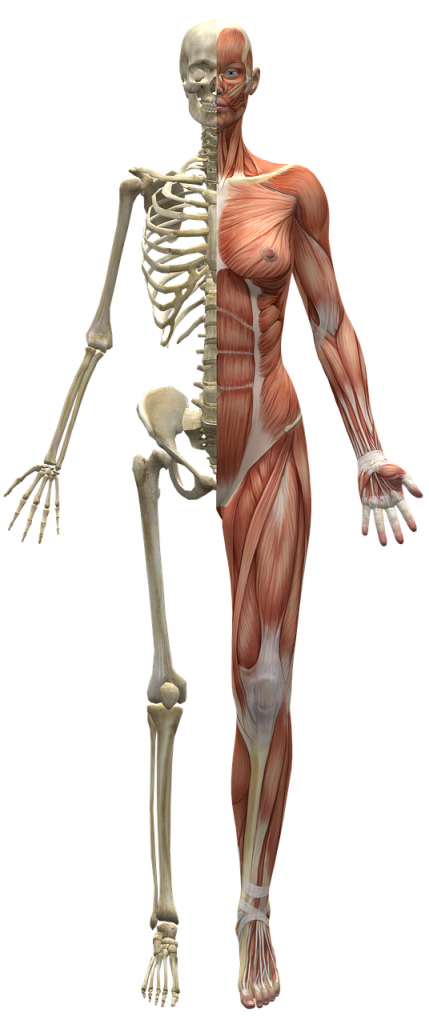
Muscle Attachment: Bones of the appendicular skeleton provide points of attachment for muscles. These attachments are essential for converting muscular contractions into movements. Tendons connect muscles to bones, transmitting the force that muscles generate to the skeleton, resulting in motion.
Coordination and Control: The appendicular skeleton, in conjunction with the muscular system, allows for coordinated and controlled movements. This coordination is crucial for activities ranging from running and jumping to writing and playing musical instruments.
The Appendicular Skeleton’s Role in Health and Disease
The health of the appendicular skeleton is crucial for overall well-being. It not only provides structure and support but also reflects our general health. Understanding how to maintain its health and what can go wrong is key to preventing and managing various conditions.
Common Conditions Affecting the Appendicular Skeleton
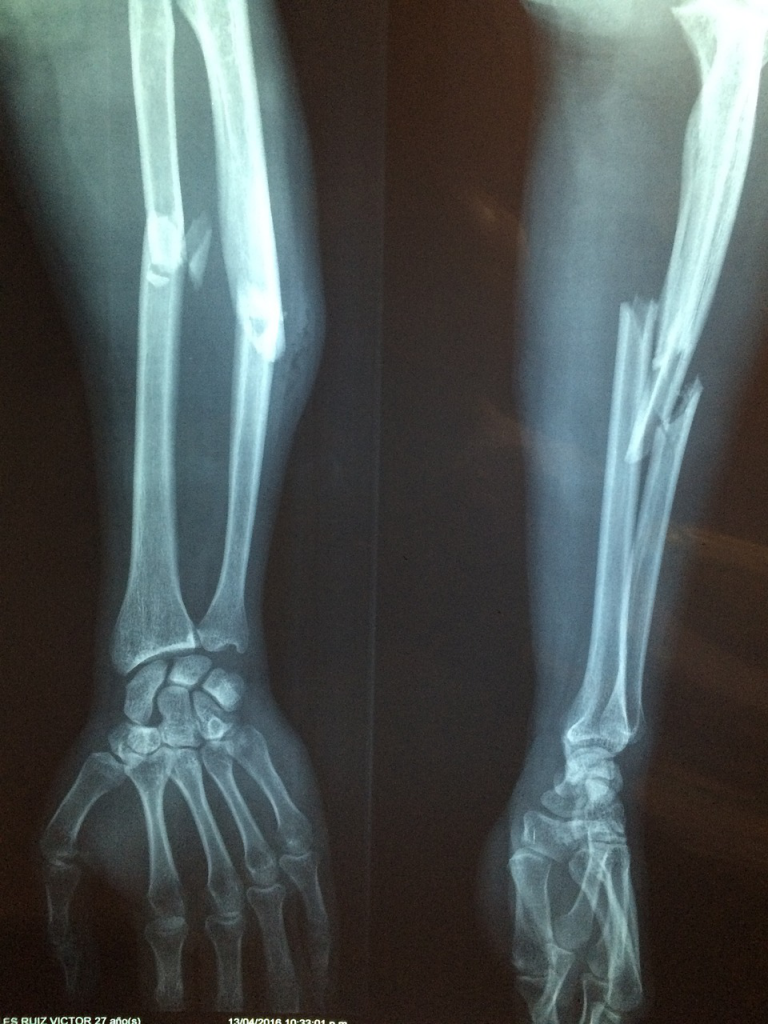
Fractures: Perhaps the most common injury to the appendicular skeleton is a fracture, which occurs when a bone is subjected to force greater than it can absorb. Fractures can range from minor cracks to complete breaks and can significantly impact daily life, requiring time and care to heal properly.
Arthritis: This condition involves inflammation of the joints, leading to pain, swelling, and reduced movement. In the appendicular skeleton, arthritis often affects the hips, knees, and hands, and can be debilitating over time.
Osteoporosis: A disease where bones become weak and brittle, osteoporosis is particularly concerning for the appendicular skeleton as it can lead to fractures, especially in the wrists, hips, and spine. It’s often called a silent disease because it can progress unnoticed until a bone breaks.
Importance of Nutrition and Exercise
Nutrition: A balanced diet rich in calcium and vitamin D is vital for bone health. Calcium is a primary building block of bone tissue, while vitamin D helps the body absorb calcium. Adequate nutrition can help prevent conditions like osteoporosis and ensure the bones of the appendicular skeleton remain strong and healthy.
Exercise: Regular physical activity is crucial for maintaining strong bones. Weight-bearing exercises, such as walking, running, and resistance training, are particularly beneficial as they stimulate bone formation and strengthen the muscles that support the bones.
Preventive Measures and Treatments
Preventive Care: Regular check-ups, a balanced diet, and maintaining an active lifestyle are essential for preventing bone-related diseases. Understanding the risk factors, such as family history and age, can also help in taking early preventive measures.
Treatments: Advances in medicine have provided various treatments for skeletal system diseases, ranging from medications and physical therapy for conditions like arthritis to surgical interventions for severe fractures. Early diagnosis and treatment are crucial for effective management and recovery.
Conclusion

The journey through the appendicular skeleton reveals the complexity and marvel of the human body. It not only provides the framework for movement and interaction with the world around us but also plays a role in our overall health. From the intricate movements of our hands to the powerful strides of our legs, the bones of the appendicular skeleton are fundamental to the daily activities that define our human experience.
Understanding the structure and functions of the appendicular skeleton is more than just an academic endeavor; it’s a step towards appreciating the intricate design of our bodies and the importance of maintaining bone health. Conditions like fractures, arthritis, and osteoporosis remind us of the vulnerabilities of our skeletal system, but they also highlight the incredible ability of our bodies to heal and adapt.
As we continue to explore and understand our bodies, let’s remember the dynamic interplay of bones, muscles, and joints that allow us to move, protect us, and sustain us. By nurturing our skeletal health through proper nutrition, regular exercise, and preventative care, we can ensure that this vital system continues to serve us well throughout our lives.
In conclusion, the bones of the appendicular skeleton are not just the underpinning of our physical form; they are active, living tissues that contribute to our mobility, protection, and overall health. By understanding and caring for them, we honor the incredible biological heritage that allows us to walk, dance, hold, and embrace the world around us.








